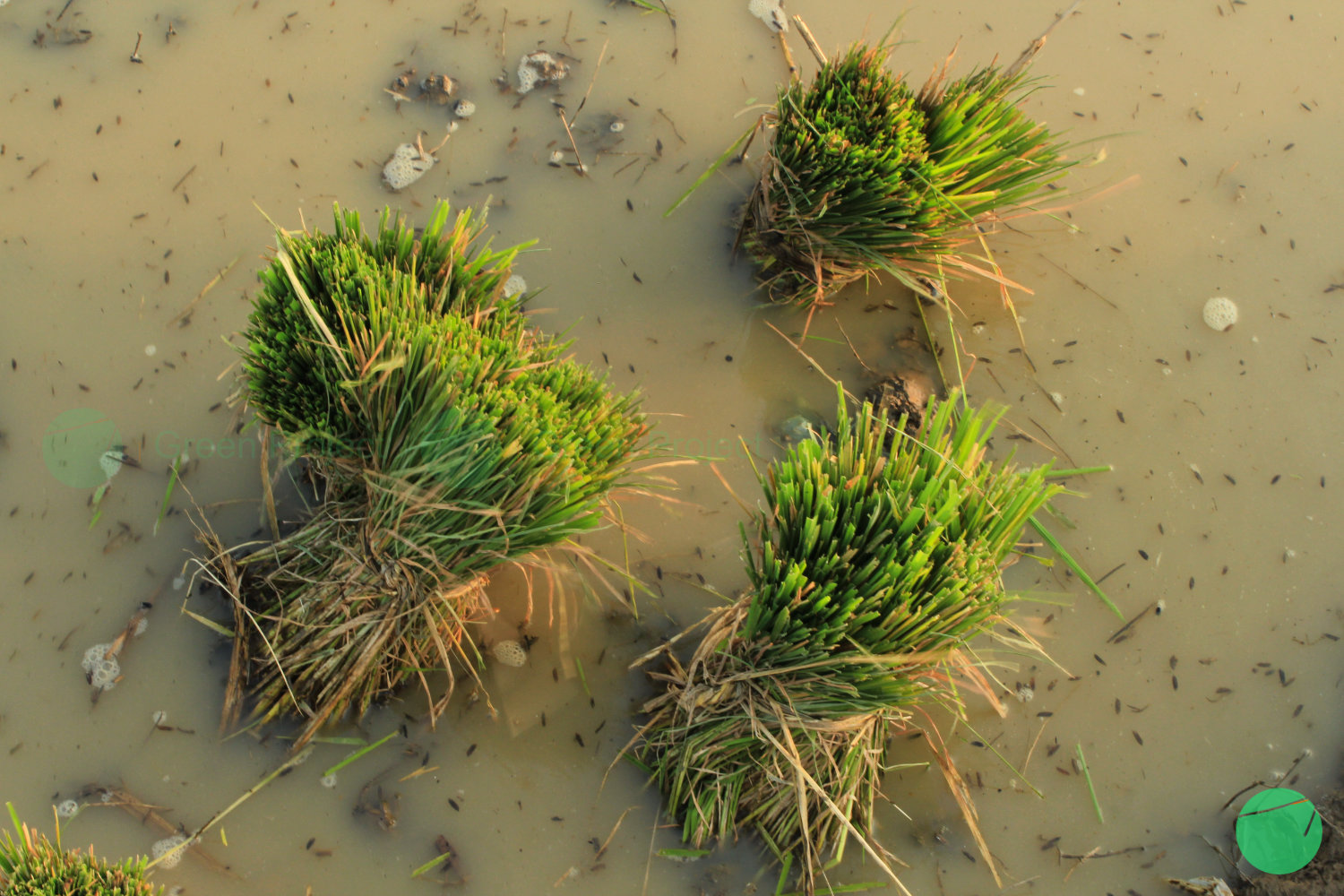As we already know, food production in Indonesia continues to decline every year and at the beginning of 2024 the food crisis will become increasingly pronounced. Characterized by a shortage of supplies such as rice and various other consumption needs, which ultimately leads to an increase in food prices. The price of rice as reported by the media has become expensive to the point where it is the most expensive price in the history of food in Indonesia.
Various natural phenomena contributed to the effects that made this situation occur. Such as climate change, El Nino, and prolonged drought. However, this very burdensome increase in food prices does not necessarily give positive impacts to the farmers. Moreover, the price of fertilizer is not cheap.
So the work of farmers, who are generally not from the younger generation, seems to have doubled. To support himself by selling his harvest, taking care of environmental sustainability by planting, and thinking about the expensive cost of living and the cost of fertilizer which is also not cheap. Of course, there is another way to get fertilizer independently which is relatively cheaper through making organic fertilizer. However, making organic fertilizer is also not easy. For older farmers, making organic fertilizer is quite complicated. Meanwhile, on the other hand, subsidized fertilizer from the government is also not free from various problems.
Then, what is El Nino?
During normal conditions in the Pacific Ocean, winds blow westward along the equator carrying warm water from South America towards Asia. Events in which cold water rises from the depths to replace warm water are then called upwelling and the two climate patterns that disrupt normal conditions are called El Nino and El Nina.
El Nino is a climate pattern phenomenon that describes the unusual warming of surface waters in the tropical eastern part of the Pacific Ocean. El Nino itself is the “warm phase” of a larger phenomenon called the El Nino-Southern Oscillation (ENSO). Meanwhile, La Nina is the opposite, namely the "cold phase" of ENSO or a climate pattern that describes the unusual cooling of surface waters in the region.
Etymologically, El Nino is taken from Spanish which means little child. South American fishermen first noticed periods of unusually warm water in the Pacific Ocean in the 1600s. The full name they use is El Niño de Navidad, or Little One of December because El Nino usually reaches its peak around December.
The climate pattern resulting from the El Nino phenomenon has impacted the environment in the form of rising sea temperatures, changes in the speed and strength of ocean currents, changes in the health of coastal fisheries, and changes in local weather from Australia to South America and beyond.
The El Nino phenomenon as a natural event occurs irregularly so the cycle cannot be predicted. This phenomenon can last for nine to twelve months or even years. However, El Nino can occur at intervals between two to seven years and occurs more frequently than La Nina.

Impact of El Niño
The El Nino event had a very pronounced impact both economically, socially and environmentally. The impact is not only felt by one or two countries in one region but also in several regions in Southeast Asia and South America, especially those crossed by the equator.
El Nino with its thick layer of warm water on the sea surface does not allow normal upwelling to occur. Meanwhile, upwelling of cold, nutrient-rich water is needed to support productive coastal ecosystems. This incident then causes the fish population to die or migrate.
In terms of weather, El Nino causes a drastic increase in rainfall in South American regions such as Ecuador and Peru. Meanwhile in Indonesia and Australia there was a severe drought, causing a decrease in water supply. Agriculture and plantations that depend on water for irrigation are also threatened because reservoirs are drying up and rivers can only carry a small amount of water. Forest fires are also vulnerable to occurring due to El Nino events.
A report states that the El Nino event that occurred in 1997 - 1998 was a fairly severe drought condition in Southeast Asian countries such as Indonesia, Malaysia and the Philippines. We may not yet be able to give an opinion about whether the El Nino event that occurred in 2023 - 2024 is also the worst, but aren't there lessons that can be learned from previous events?